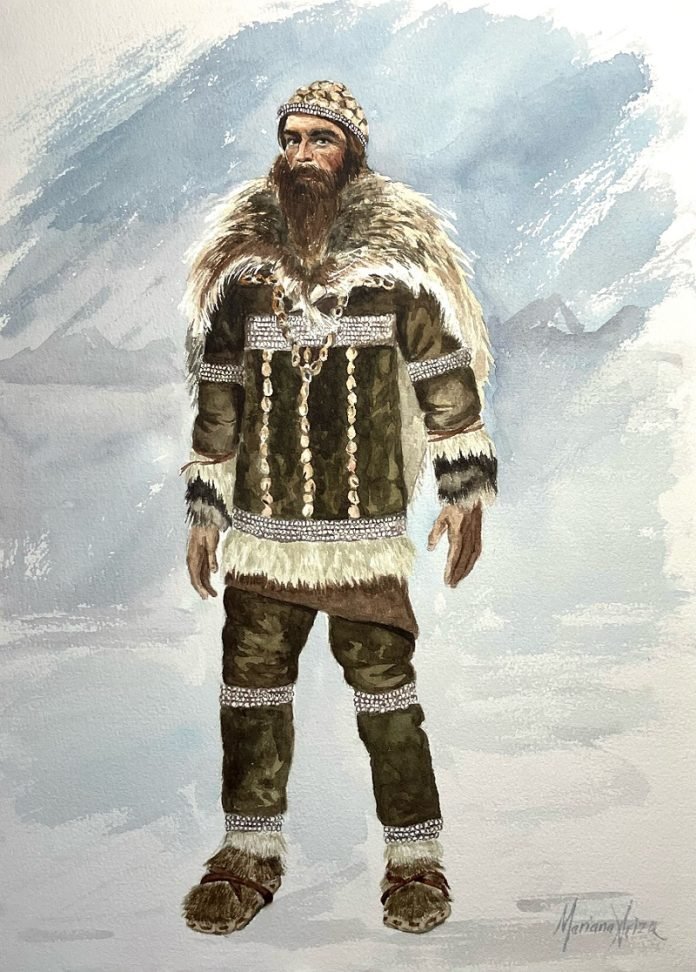
In a groundbreaking study led by archaeologists at the University of Sydney, researchers propose that the invention of eyed needles marked a pivotal moment in human history.
These tools, dating back around 40,000 years in Siberia, revolutionized how early humans dressed, shifting clothing from a mere necessity for warmth to a means of social expression.
“Eyed needle tools are a crucial development because they show how clothing evolved from being purely functional to serving social purposes,” explains Dr. Ian Gilligan, Honorary Associate in Archaeology at the University of Sydney.
Early humans initially used basic tools like stone scrapers to prepare animal hides for protection against the elements.
As climates changed during the last ice age, there arose a need for more intricate garments that could withstand colder conditions. This led to the innovation of bone awls, which helped create fitted clothing by piercing and sewing animal skins together.
The advent of eyed needles represented a leap forward. These modified bone awls featured a small hole (eye) that allowed sinew or thread to be passed through, enabling the sewing of more complex and adorned garments.
This innovation not only improved clothing’s practicality but also introduced the concept of decoration to attire.
“Before eyed needles, clothing was more utilitarian—designed solely for survival in harsh environments,” notes Dr. Gilligan. “With the ability to sew finer stitches and attach beads and decorations, clothing became a form of personal and cultural expression.”
Beyond its practical role, clothing soon became a symbol of identity and community. As societies grew more complex, shared clothing styles and symbols facilitated cooperation and identity within groups. This social function of clothing played a crucial role in the development of larger human societies.
“By wearing similar clothing, people could signal their belonging to a community or tribe,” says Dr. Gilligan. “This not only promoted social cohesion but also allowed humans to thrive in diverse climates and environments.”
The evolution of clothing also had profound psychological impacts. Wearing clothes became deeply ingrained in human behavior, affecting how individuals perceive themselves and others. The shift from wearing clothes sporadically to regularly, even in warmer climates, reflects its transformation into a social norm rather than just a practical necessity.
Dr. Gilligan’s ongoing research aims to explore further how clothing influences human psychology and societal dynamics. Questions about how clothing shapes self-perception and its broader cultural implications continue to intrigue researchers.
“Investigating the psychological effects of clothing goes beyond mere comfort—it touches on fundamental aspects of human identity and behavior,” Dr. Gilligan remarks. “Understanding these dynamics helps us grasp how clothing has shaped human societies over millennia.”
In summary, the journey from stone scrapers to eyed needles marks a significant milestone in human cultural evolution. From its humble origins as protection against the cold, clothing has evolved into a powerful means of self-expression and social cohesion, shaping human identity and communities in profound ways.
Source: University of Sydney.



